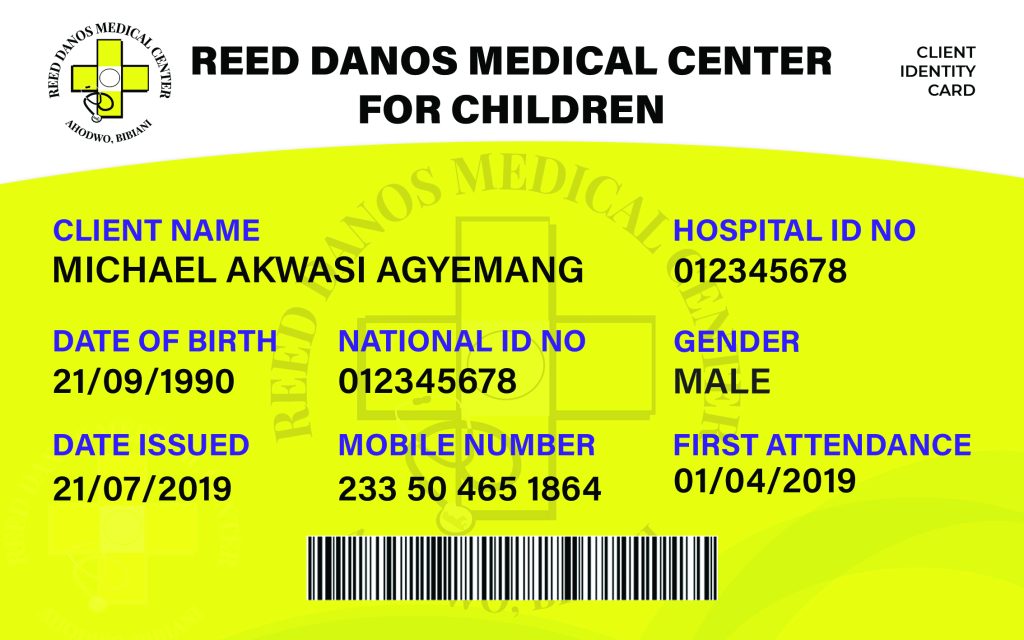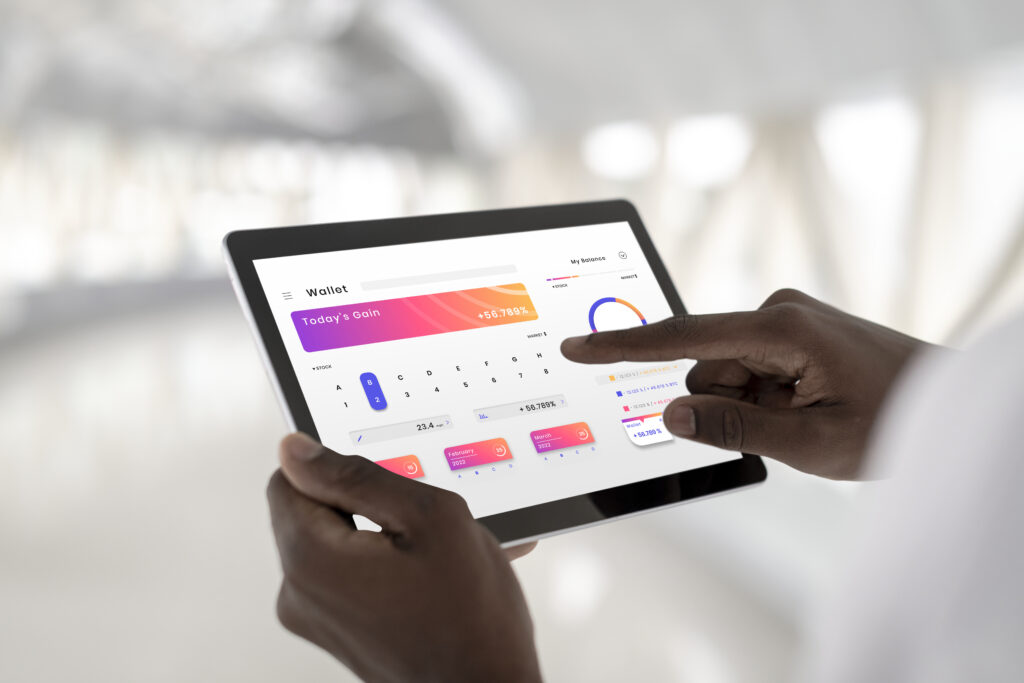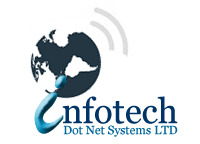Patient Plastic ID Card Management System
Patient Plastic ID Card Management Systems: Enhancing Healthcare Efficiency and Security
In today’s fast-evolving healthcare landscape, the need for streamlined, secure, and efficient systems has become more critical than ever. One of the advancements helping to address these needs is the introduction of patient plastic ID card management systems. At Infotech, our system provide patients with durable, machine-readable plastic identification cards, and transforming the way healthcare facilities manage patient information, enhance security, and improve service delivery.
What is a Patient Plastic ID Card Management System?s.

Key Features of a Patient Plastic ID Card System
2. Personalized Information Each card can be customized with the patient’s unique details. This includes not just personal information, but also medical history, allergies, blood type, and more, making it easier for healthcare providers to quickly access relevant data in emergency situations
3. Embedded Technology for Data Access With the use of barcodes, magnetic strips, or RFID chips, patient plastic ID cards can be scanned for quick access to electronic medical records (EMRs). This technology speeds up check-ins, reduces paperwork, and minimizes errors that can occur with manual data entry.
4. Enhanced Security The cards provide a secure form of identification, helping to protect patients’ sensitive health data from being accessed by unauthorized individuals. Biometric options like fingerprint recognition, which can be embedded into the card management system, further elevate security measures.
Benefits of Implementing a Patient Plastic ID Card System
2. Enhanced Patient Experience Patients appreciate the convenience and efficiency that these cards provide. Instead of carrying numerous forms or remembering their healthcare details for every appointment, they simply present their card. This convenience improves patient satisfaction, especially in larger medical institutions where managing large volumes of patients can be overwhelming.
3. Reduction of Human Error Since the system automates many processes like data entry and retrieval, it minimizes the chances of human error. Incorrect patient identification, one of the major causes of medical errors, can be significantly reduced with the use of unique patient ID cards.
4. Improved Data Security Healthcare data breaches are on the rise, and ensuring patient data protection is a growing concern. Patient plastic ID card systems offer robust security features that safeguard against unauthorized access to sensitive patient information. With advanced encryption techniques and secure data storage methods, hospitals and clinics can ensure the confidentiality of patient data.
5. Efficient Record Management A well-integrated card management system allows for easy data retrieval and tracking. Each patient’s unique ID number links directly to their digital medical records, making it easier for healthcare providers to update and maintain accurate information over time.
A Patient Plastic ID Card Management System is a comprehensive solution that involves creating, distributing, and managing plastic ID cards for patients.
Use Cases in Healthcare Settings
• Specialty Clinics: For clinics managing chronic conditions or offering long-term care, patient plastic ID cards ensure that vital medical information is always at hand for healthcare professionals.
• Pharmacies: Many pharmacies are integrating patient ID cards to streamline prescription pickups and medication management, reducing errors in dispensing and improving patient safety.
Challenges to Consider
2. Ongoing Maintenance: Like any technological system, patient ID card systems require regular updates and maintenance. Healthcare organizations need to budget for card replacements, system upgrades, and technical support.
Future Trends
• Mobile Integration: In the future, physical cards might be complemented by digital versions accessible via smartphones, allowing patients to manage their health records remotely and giving healthcare providers access to up-to-date information in real time.
• Wearable Integration: Patient ID systems could eventually sync with wearable devices, offering real-time health monitoring that ties directly to patient records.
Conclution
Patient plastic ID card management systems represent a significant leap forward in improving both the efficiency of healthcare delivery and the security of patient data. From streamlining administrative processes to reducing medical errors and enhancing the patient experience, these systems offer valuable benefits to healthcare providers and patients alike.
As technology advances, we can expect to see these systems become even more sophisticated, further transforming healthcare operations and patient care quality.



